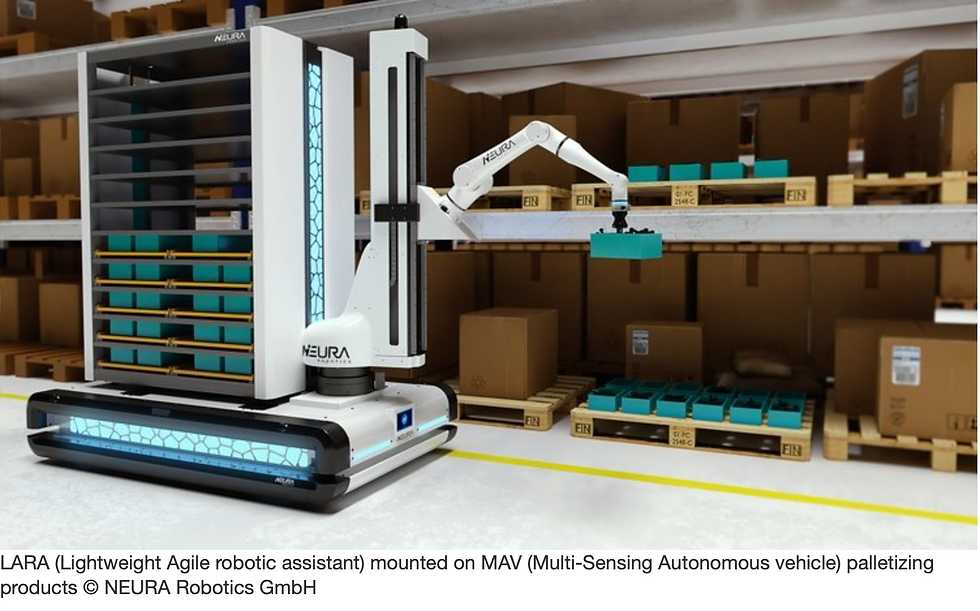NIKKEIAsia May 5, 2021 17:00 JST |OPINION|”Robots will make doubling China’s GDP by 2035 look easy” “Declining population not the dire trap it seems at first glance” by Henny Sender

Image from the Internation Federation of Robotics ifr.org
Read the NIkkeiAsia article for all detail
Summary provided by 2244
Thirty years ago, Chinese carmakers were making joint ventures with Japanese companies but insisting on getting the latest robotics. At the time, the Japanese population was already aging and needed more automation to deal with an impending shortage of labor and the Japanese business leaders didn’t understand why the Chinese with a large and able workforce would invest heavily in automation. Fast forword to now and the Chinese too are facing a declining and aging workforce that is estimated to be worse than that facing Europe or the rest of Asia in part due to China’s “one child policy Beijing adopted 40 years ago." Even though the policy was relaxed in 2014, last year the birth rate was the “lowest since the one-child policy was introduced.” “This year’s Labor’s net contribution to growth will be zero; in 2022, it will be negative.
Typically, an aging population implies to economists “slower economic growth and a hollowing out of the manufacturing sector” which for China accounts for “27% of China’s” GDP“and has been at the heart of its rise as the workplace of the world.” An aging population will require more spending on a still developing “social safety net rather than more productive uses.” Somehow Beijing is calling on doubling China’s GDP by 2035 against a backdrop that also calls for being more “environmentally friendly” and for extending less “credit for each unit of value-added…”.
Can technology come to the rescue of this ambitious plan?
First “advances in both the proficiency and the economics of robots have improved dramatically.” Going with heavy investment in robotics could help China avoid the experience of Japan and South Korea that saw a “hollowing out of their manufacturing sectors as labor costs rose on the back of fewer workers.” According to Bernstein Research “’At more than 350,000 units per year, Chinese robotics demand will be by 2024 roughly the size of the entire market globally.” Such an action means less offshoring to neighbors and also greater production of green manufacturing for solar panels and wind turbines. A key though is optimizing “the way humans and robots work together.” Bernstein comments further that these initiatives can help realize “the steep demand growth” that calls for “4.7% growth per year” to double GDP by 2035.

Image from The International Federation of Robotics ifr.org
Comentários